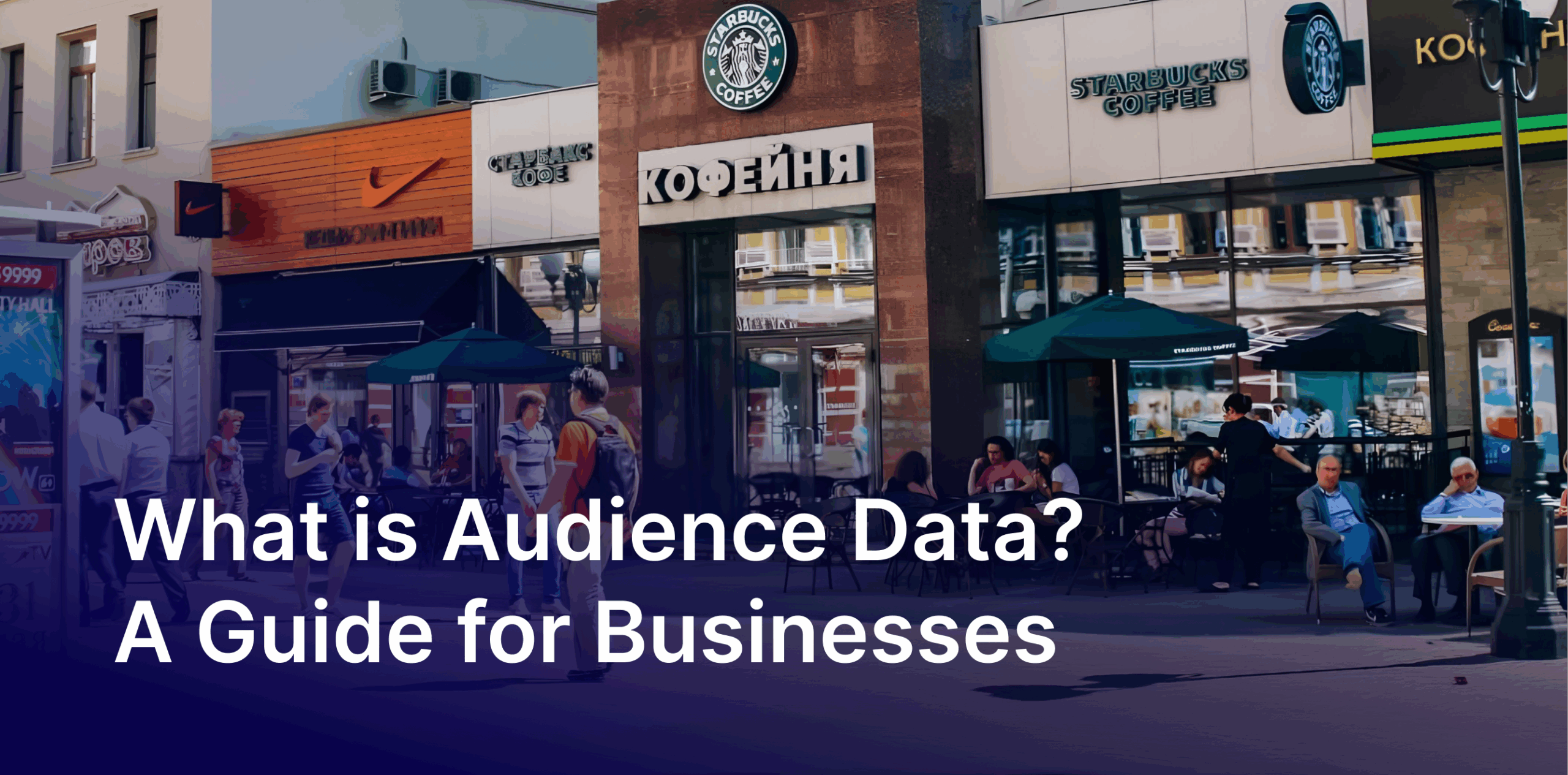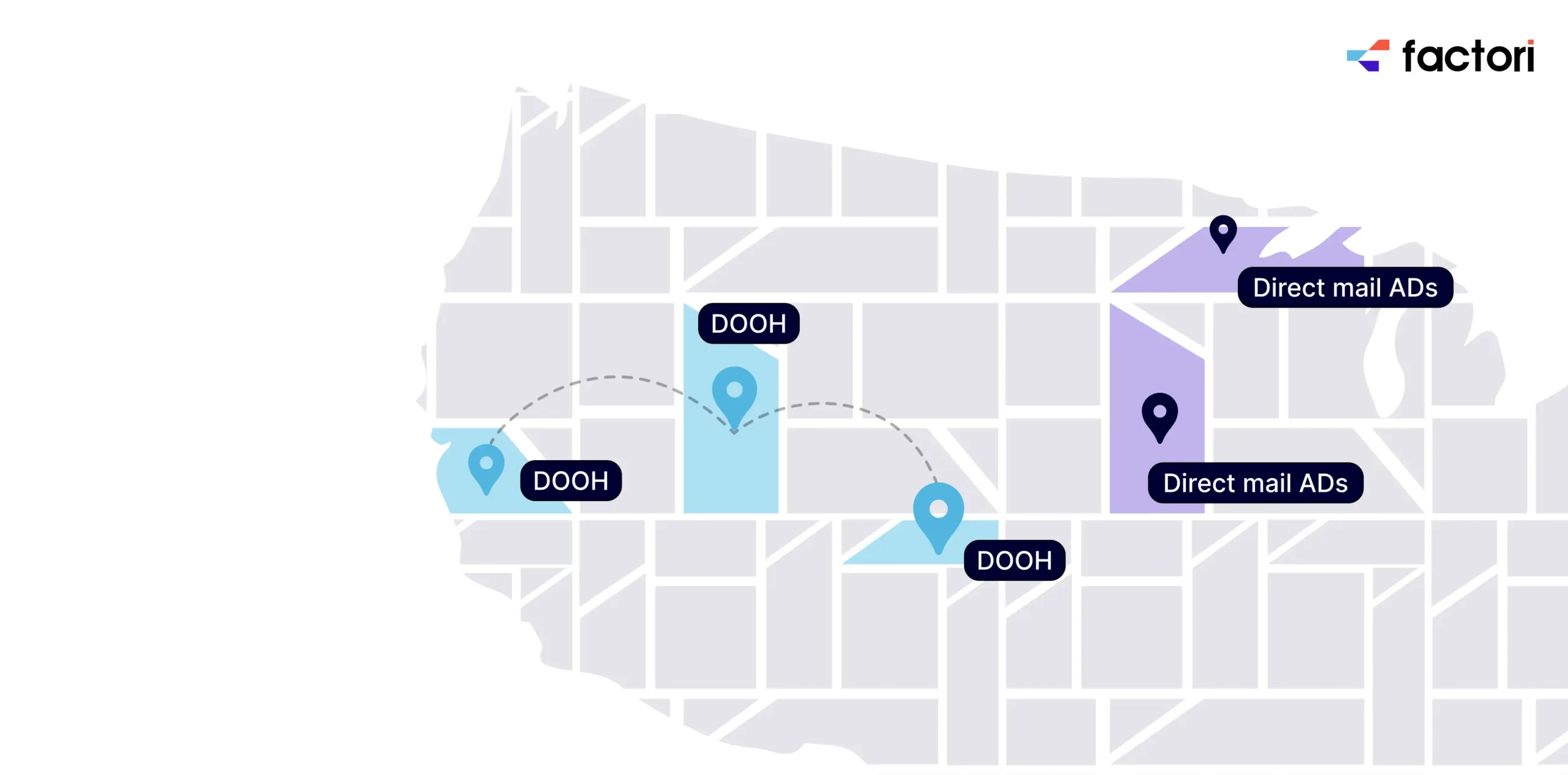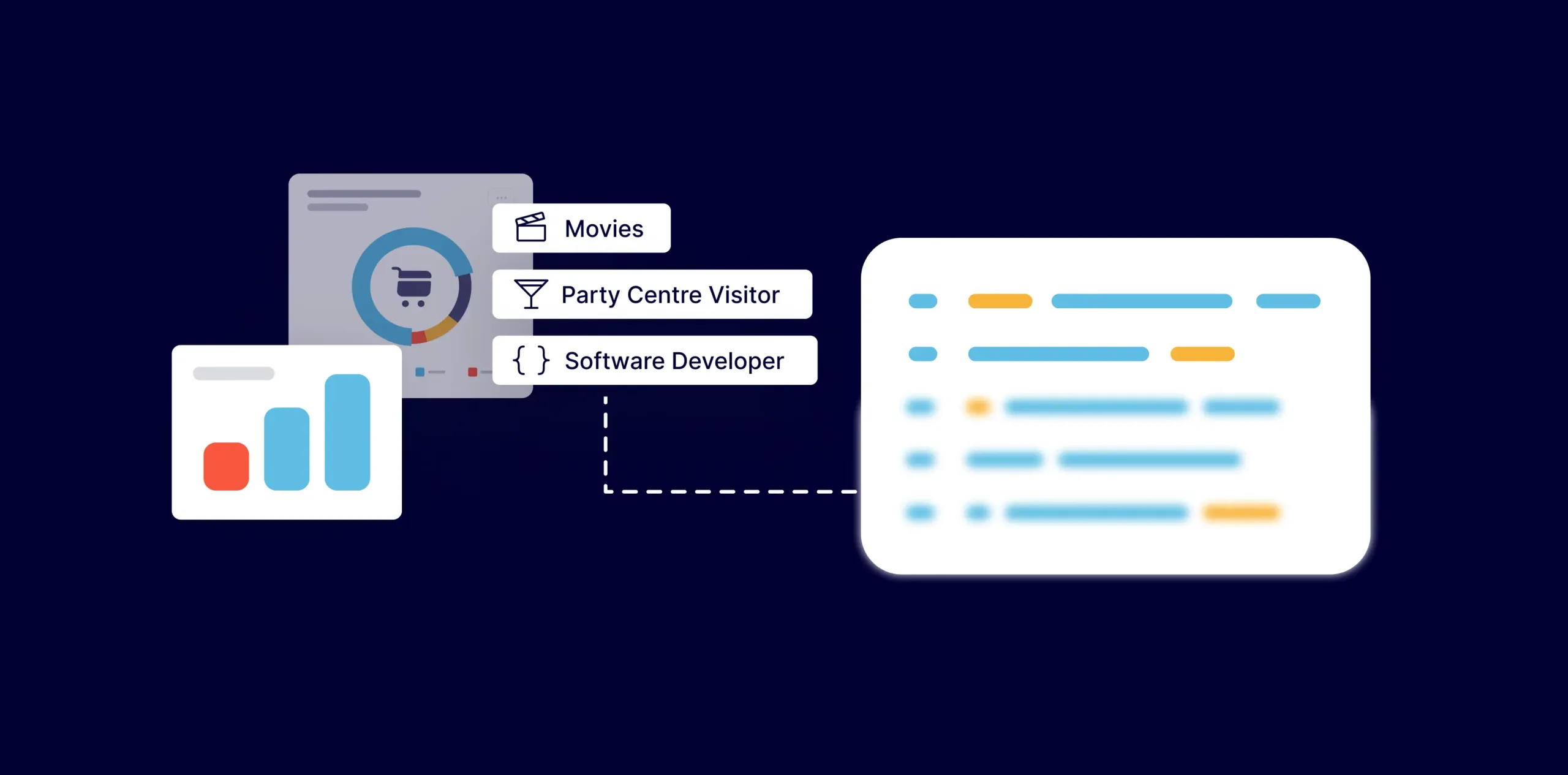The advertising industry is going through a time of deep flux and change. Many of the critical marketing capabilities that brands have relied on are crumbling as we speak. The deprecation of third-party cookies puts into danger brands’ ability to target audience, measure impact, and deliver hyper-personalized experiences across the customer journey.
Many of these changes are putting the spanner in the works for brands that pride themselves on being customer-centric. Navigating to a post-cookie world is even more difficult for marketers because of data silos, organizational silos, and measurement gaps. Solving these gaps alongside addressing the problems of a post-cookie world is essential. In fact, it is now time-critical.
Get On Board With Identity
Brands must prepare for the post-cookie world but more importantly, future-proof themselves with a new focus on mastering customer identity. It is easier said than done, since mastering identity is the process of persistently and accurately recognizing an individual, place, or household across O2O touchpoints. Without cookies – once the most common identifier – the ability to connect data and recognize consumers goes into jeopardy. Although this change – the death of the cookie – originates in the advertising ecosystem, it will impact organizations at large. For example, if media buyers are unable to reach their target audience, campaign performance will suffer and can eventually lead to the downfall of the world’s most loved brands.
The brands that will survive this cookie apocalypse are the ones that are prepared with an identity strategy to counter the gaps left behind by the cookie. First-party data makes hyper-personalization possible by providing a single, holistic view of each consumer as an individual. Website activity, form submissions, purchase history and surveys offer deep insights into what consumers are looking for, what their purchase triggers and barriers are among other information.
However, beyond first party data, it is also critical that brands know their consumers consistently and persistently through their buying journeys and beyond. It is only then that they can personalize advertising and marketing in the new omnichannel context. What marketers must remember though is that each of these functions must be remediated for continuity once the third-party cookie goes away. In such times, existing currencies such as Device ID and IP address will promise to rule the roost for insighting. Device IDs are arguably best positioned to step into the cookie’s shoes, as they provide a similar 1-to-1 targeting relationship between brands and consumers. Identity solutions have been steadily growing in popularity over the last few years, and will become critical in the cookie-less era. They compile all known identifiers that correspond to an individual consumer into a singular customer profile. Marketers can then approach their consumers in more contextual ways and maintain a consistent relationship across their devices using a single, anonymized audience profile. These profiles can then be used in many applications, including user-level frequency capping, segmentation, and performance tracking – things we historically relied on the cookie to accomplish.
Factori is prepared for the Cookie-less Era
We are looking at the cookie-less future as a means to pave way for a smarter and better personalized brand awareness and advertising strategy. We believe we are moving into a new era of empathy- and trust-driven marketing ecosystem, and this revolution will have identity at its core.
Check here for free data sample
You may also like










